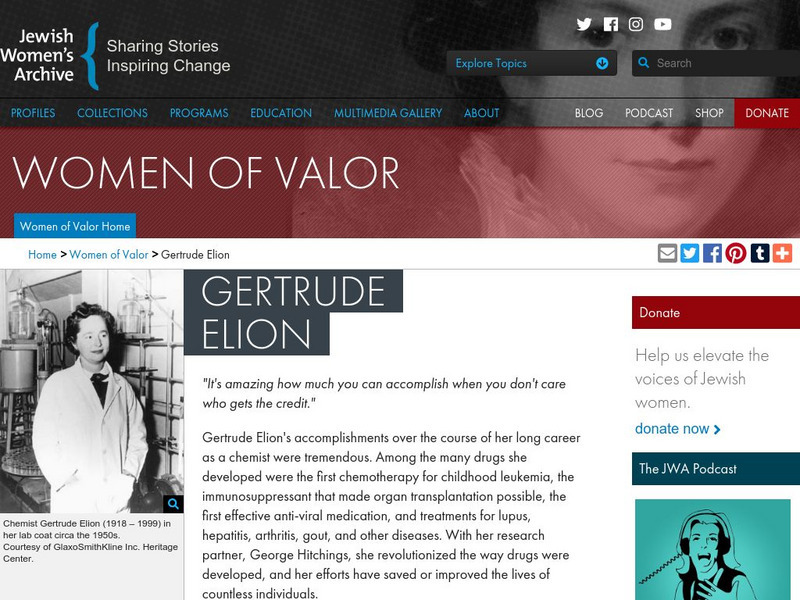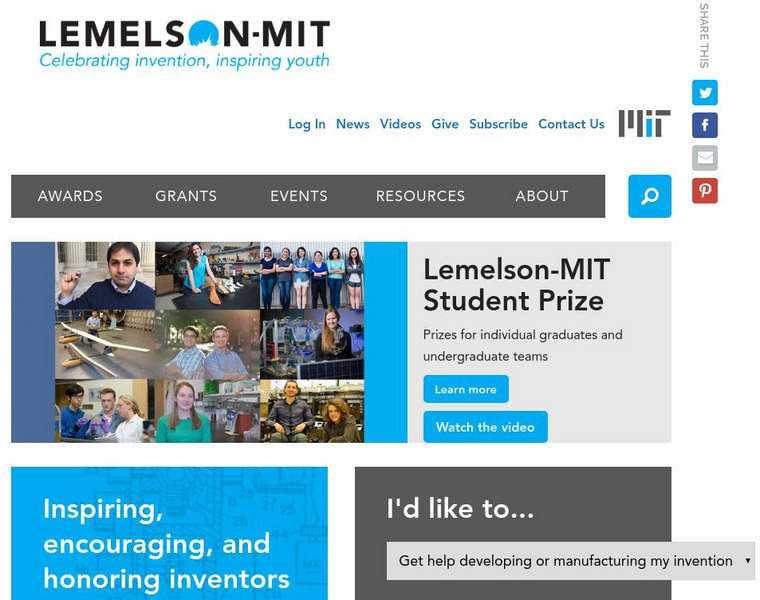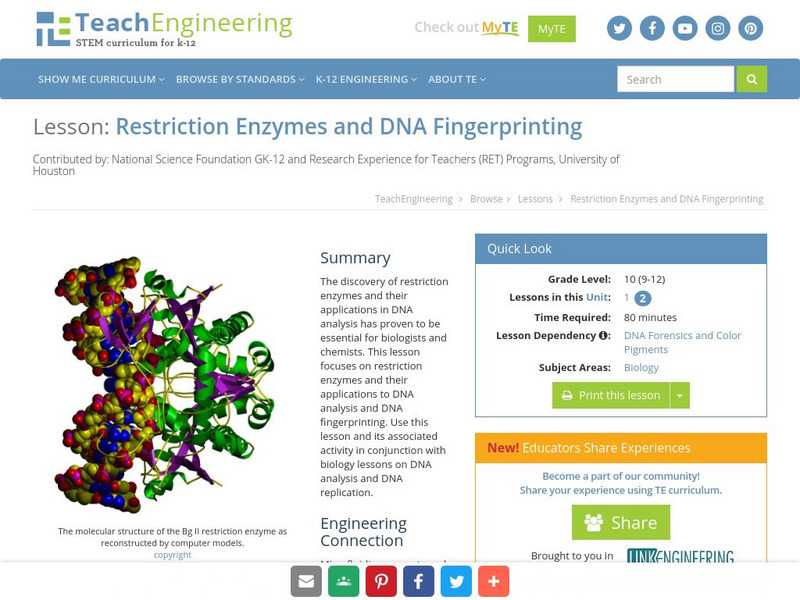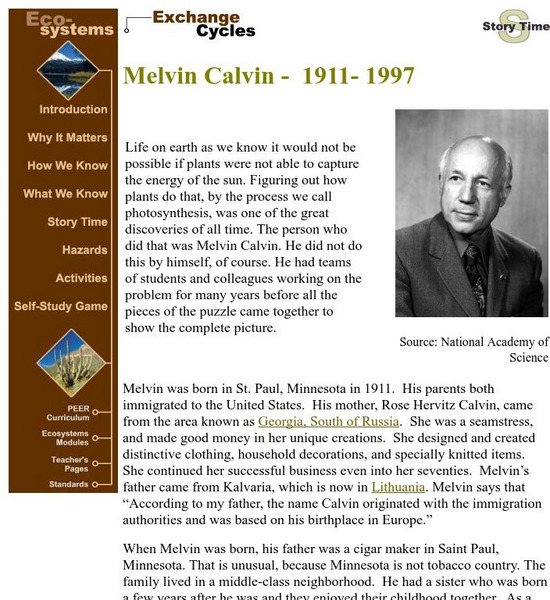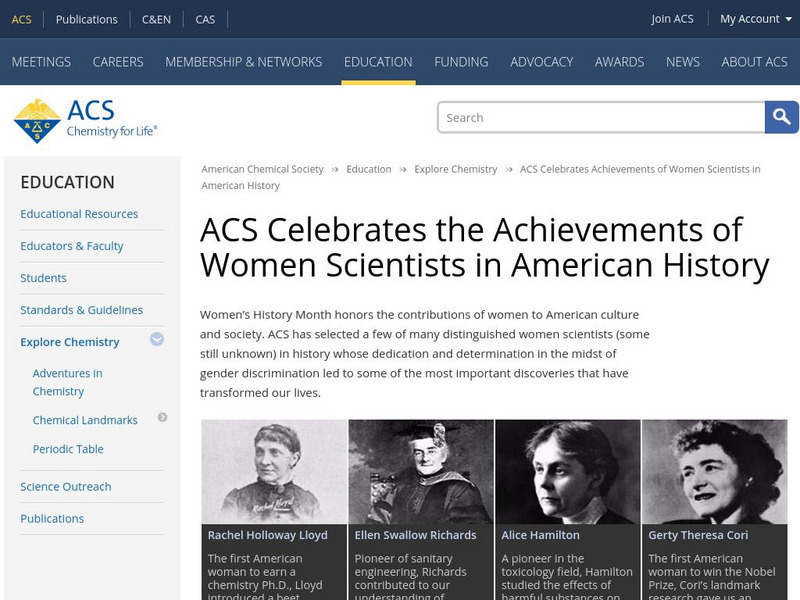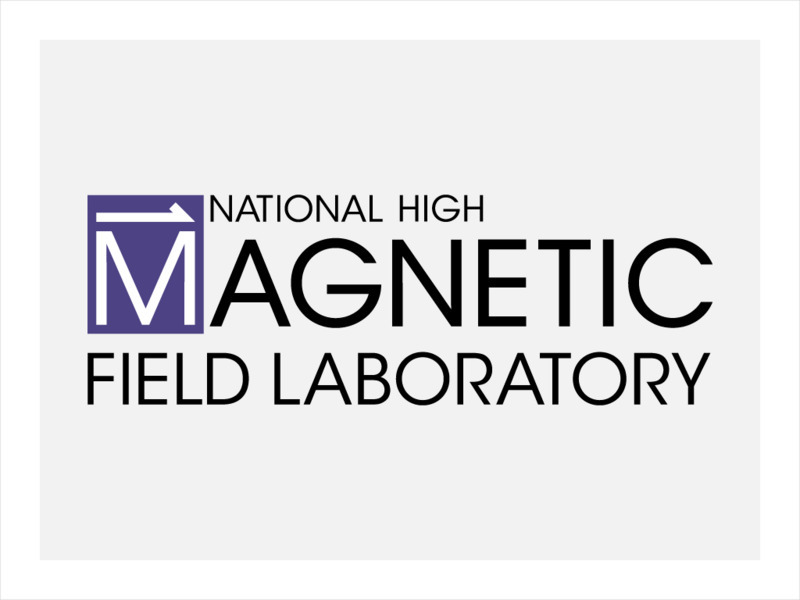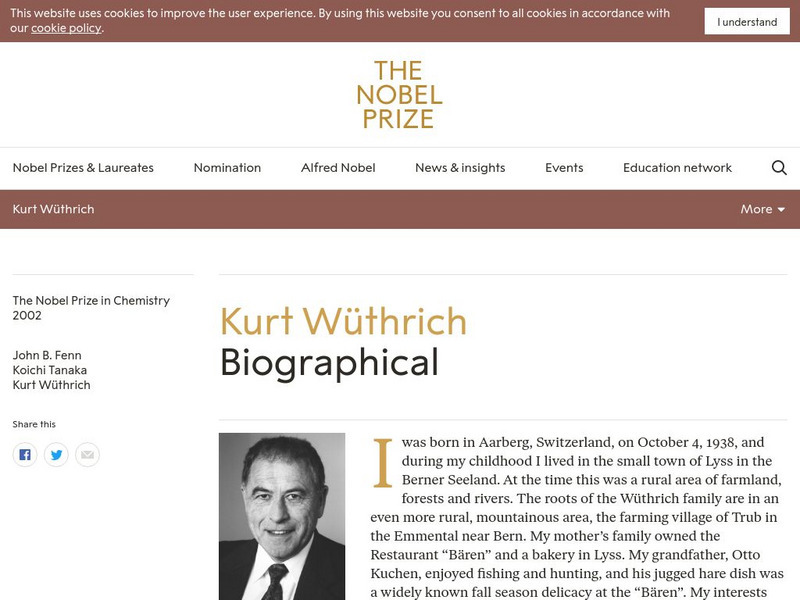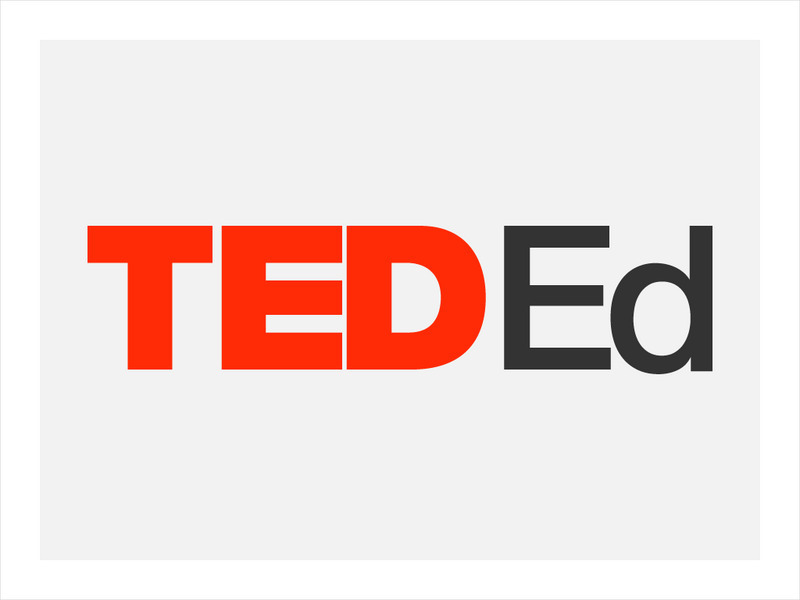PBS
Pbs Learning Media: Periodic Table of the Elements Essay
This essay, written for Teachers' Domain, describes the foresight and pattern recognition that Russian chemist Dmitri Mendeleyev used to develop the modern periodic table of elements.
University of Alberta
The University of Alberta: Separation of Acids, Bases and Neutral Compounds
As a chemist, you will learn to deal with complex mixtures of many compounds. In this interactive activity, you will learn the basis of separations using acid-base extraction. In the virtual lab you will simulate an actual experiment and...
PBS
Pbs Learning Media: Romiya Glover
In this video from Science City, meet Romiya Glover, a chemist who develops products for HIV/AIDS testing. She describes the multidisciplinary nature of her job, how she decided to go into science, and how her work benefits others.
Other
Women of Valor: Gertrude Elion
Profiles the fascinating career and life of Nobel Prize winning chemist, Gertrude Elion (1918-1999). Because of her efforts in developing drugs and cancer treatments, countless lives have been saved.
Massachusetts Institute of Technology
Mit: Inventor of the Week: Helen Murray Free
Biography of Helen Free, detailing her life as a chemist and inventor who developed many products for consumer use, including a convenient at-home glocose level test.
TeachEngineering
Teach Engineering: Restriction Enzymes and Dna Fingerprinting
The discovery of restriction enzymes and their applications in DNA analysis has proven to be essential for biologists and chemists. This lesson focuses on restriction enzymes and their applications to DNA analysis and DNA fingerprinting....
American Academy of Achievement
Academy of Achievement: Gertrude B. Elion, m.sc.
A biography of Gertrude B. Elion, winner of the Nobel Prize in Medicine, along with George Hitchings and Sir James Black, despite not having trained as a doctor but as a chemist. Includes a profile, videos, and a photo gallery.
Nobel Media AB
The Nobel Prize: The Nobel Prize in Chemistry 1934
At this website from The Nobel e-Museum, read about Harold Clayton Urey (1893-1981 CE), the chemist awarded with a Nobel Prize "for his discovery of heavy hydrogen." Download Urey's Nobel Lecture, "Some thermodynamic properties of...
NBC
Nbc Learn: Chance Discoveries: Lab Experiments, Unexpected Results
Many (if not most) experiments in the chemistry lab do not get significant results - or the expected results. In this Chemistry Now original video series, we highlight the curiosity, daring, and creativity of the best bench chemists by...
NBC
Nbc Learn: Common Scents: Chemistry of Smell
In this video/lesson series we will explore the sense of smell. We profile 21st Century Chemist Nate Lewis, who's working to develop an artificial "nose" that can help detect odors, including hazardous gases and chemicals. A story on the...
NBC
Nbc Learn: Chemistry of Biotoxins: Pain Relief
In this video/lesson series we will explore the way venomous sea snails paralyze, then kill, their prey. We profile 21st Century Chemist Mande Holford of the City University of New York, who is working to synthesize these biotoxins and...
Chemistry Collective
Chem Collective: Measuring the Heat Capacity of an Engine Coolant.
As an analytical chemist at a company developing new engine coolants your task is to determine the heat capacity of a newly developed product and then to determine if its heat capacity is greater of less than that of ethylene glycol.
Texas A&M University
Peer Curricula: Story Time: Melvin Calvin
A biography of Melvin Calvin, the chemist who figured out how photosynthesis works. The emphasis of this biography is on his early life, the development of his interest in science, and his education.
Khan Academy
Khan Academy: Test Prep: Mcat: Biomolecules: Enzyme Structure and Function
Enzymes create the conditions needed for biochemical reactions to happen fast. The general name that chemists use for a chemical entity that increases the speed of a reaction is a "catalyst." Enzymes are biological catalysts - they...
Curated OER
Simon Fraser University: All About Chemical Bonds
G.N. Lewis (1875-1946), chemist whose work included devising the theory of chemical bonding
Curated OER
Simon Fraser University: All About Chemical Bonds
Irving Langmuir (1881-1967), chemist who won the Nobel Prize in 1932 for work on the chemistry of surfaces and monomolecular layers, and worked on the theory of electron pair bonding following N.G. Lewis.
American Chemical Society
American Chemical Society: Achievements of Women Scientists in American History
A collection of profiles of American women who have made significant contributions to science.
Other
Lecture Notes From Chm 1341: Gilbert Newton Lewis
This lesson include biographical information, but it focuses on the concepts behind the "dot diagrams" that Lewis introduced.
Carnegie Mellon University
Chem Collective: Ozone: A Scenario Based Activity in Kinetics
Students use kinetics to interpret raw experimental data to determine the mechanism of ozone destruction. In this pen and pencil activity, students are given data obtained from laboratory experiments to study the ozone depletion reaction.
Other
Chemical Heritage Foundation: Stephanie L. Kwolek
Biographical site on the scientist who discovered Kevlar - a material used in bullet-proof vests, ropes and more. Includes a video, 16 min. 33 sec.
National High Magnetic Field Laboratory
Magnet Academy: Svante Arrhenius
Svante Arrhenius was born in Vik, Sweden, and became the first native of that country to win the Nobel Prize. The award for chemistry was bestowed to him in honor of his theory of electrolytic dissociation. Arrhenius also developed the...
American Chemical Society
American Chemical Society: Hompage
ChemCenter, available from the American Chemical Society, provides chemistry news, reference sources and other public services.
Nobel Media AB
The Nobel Prize: Kurt Wuthrich Biographical
Autobiographical information on Kurt Wuthrich, winner of the 2002 Nobel Prize in Chemistry for his work in nuclear magnetic resonance spectroscopy.
TED Talks
Ted: Ted Ed: Rachel Pike: The Science Behind a Climate Headline
In this brief video tutorial, atmospheric chemist Rachel Pike provides a glimpse of some of the methods that scientists are using today to study climate change and Earth's atmosphere. [4:14]




